| Configuration: 50W1 CPW configuration feed line length = 1mm WG = 200mm |
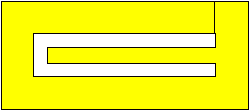
|
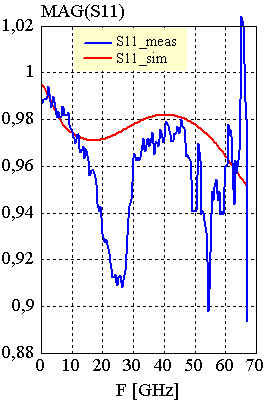
|
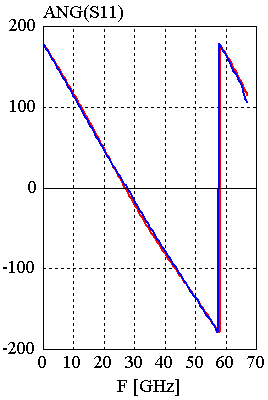
|
|
Configuration: 50W2CPW configuration feed line length = 1mm WG = 200mm |

|
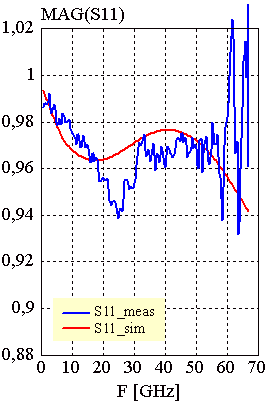
|
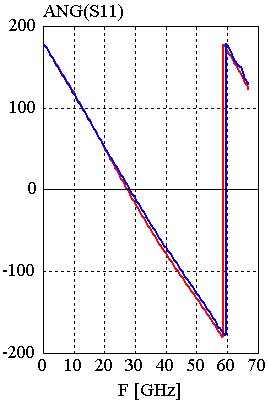
|
|
Configuration: 50W1CPW configuration feed line length L= 1mm WG = 25mm |
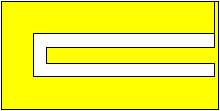
|

|
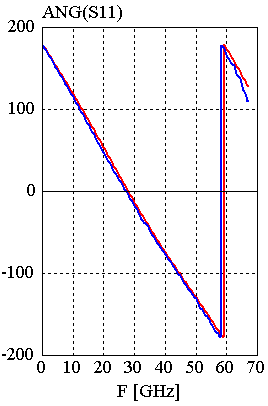
|
| [close window] | [C_SHORT] |